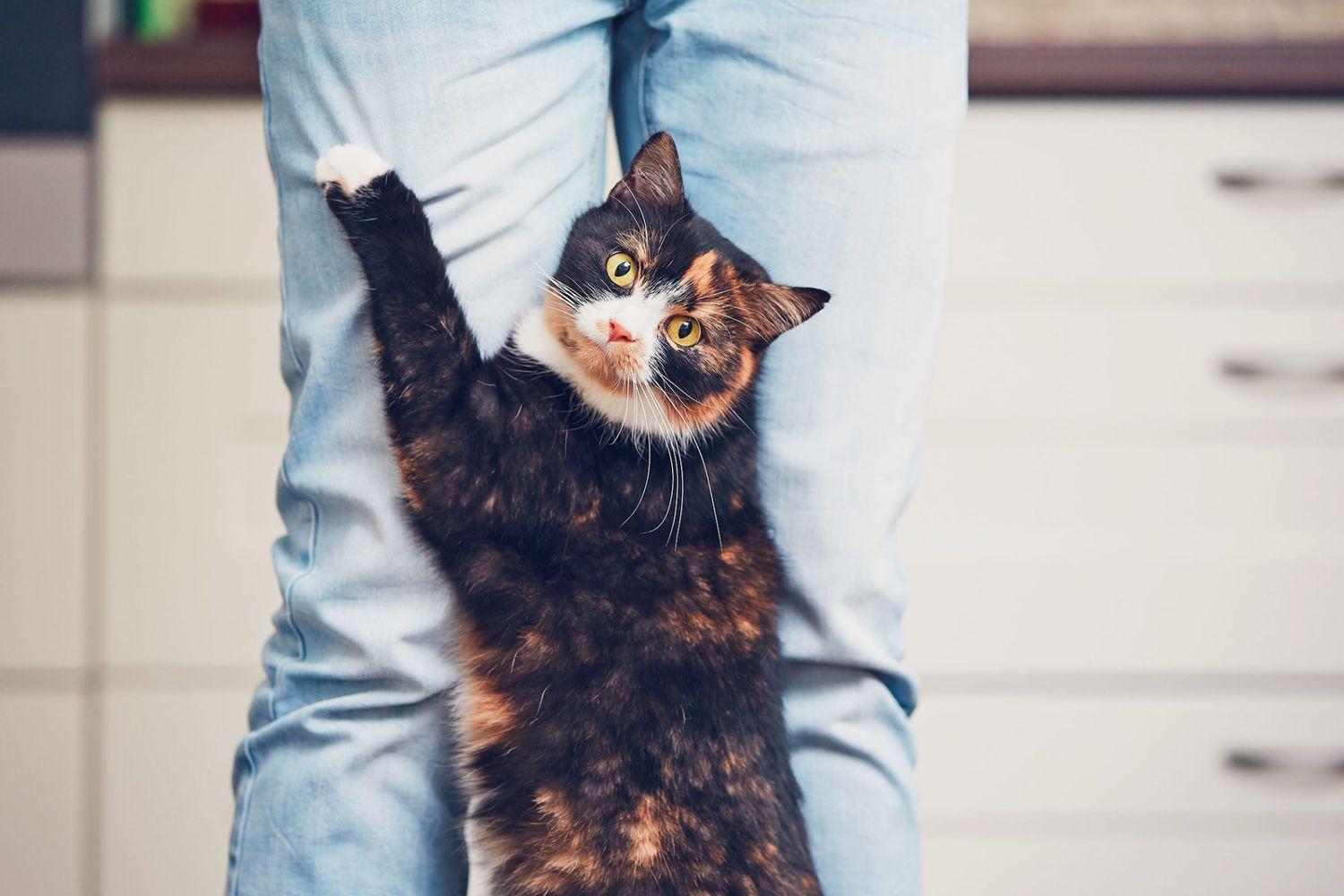Choosing the Right Cat Litter Box for Your Feline

Cat litter and litter boxes play a pivotal function in the lives of both felines and their owners. From the humble beginnings of sand and soil to the ingenious improvements these days, the world of cat litter has developed considerably. In this thorough guide, we delve into every aspect of cat litter and litter boxes, exploring their history, types, benefits, challenges, and everything in between.
The history of cat litter dates back centuries, with ancient civilizations using sand, soil, and even ashes as primitive litter materials. However, it wasn't up until the mid-20th century that contemporary cat litter as we understand it emerged. In 1947, Edward Lowe presented the world's very first industrial cat litter made from absorbent clay, changing the method felines relieved themselves indoors. Ever since, cat litter has undergone numerous transformations, with the introduction of clumping litter, silica gel litter, biodegradable options, and more.
Today, cat owners are spoiled for option when it pertains to picking the ideal litter for their feline buddies. Standard clay litter stays popular for its cost and effectiveness in absorbing odors. Clumping litter, which forms strong clumps when wet, streamlines cleansing and maintenance. Silica gel litter, composed of highly absorbent silica crystals, offers remarkable smell control and durability. Naturally degradable options, such as recycled paper, wood pellets, corn, and wheat, appeal to ecologically mindful consumers.
Each kind of cat litter uses distinct benefits. Clay litter masters its capability to soak up wetness and control odors, making it a dependable choice for numerous cat owners. Clumping litter streamlines everyday cat litter robot scooping and extends the time between total litter changes. Silica gel litter provides extraordinary odor control and can last longer in between replacements. Biodegradable litters use a sustainable option that reduces environmental effect.
While cat litter improves indoor feline hygiene, it is not without its obstacles. Dust from clay litter can position breathing dangers for both cats and human beings, triggering the appeal of dust-free alternatives. Some felines may develop litter box hostility due to concerns with texture, fragrance, or tidiness, requiring experimentation with different litters and box configurations. Multi-cat families might require tactical litter box positioning and frequent upkeep to prevent territorial disputes and guarantee all cats have access to clean centers.
Selecting the proper litter box is important for promoting favorable litter box practices and total feline well-being. Aspects to think about include size, availability, and design choices. Covered litter boxes supply privacy and aid include smells, but some felines might find them restricting or intimidating. Open-top litter boxes use easy gain access to and presence but might result in more litter scatter. Automatic self-cleaning litter boxes enhance maintenance however require routine tracking and upkeep.
Appropriate litter box maintenance is vital for ensuring a tidy and welcoming environment for both felines and their owners. Daily scooping removes waste immediately, minimizing odor and preventing litter box aversion. Regular litter replacement, normally every Litter Box Liners 1-2 weeks, prevents bacterial buildup and keeps optimal absorbency. Extensive cleaning with mild cleaning agent and water, preventing harsh chemicals that might deter cats from utilizing package, must be carried out monthly.
Cat litter and litter boxes play a central role in promoting a healthy and unified relationship between felines and their human companions. With a varied array of litter options and litter box designs available, cat owners have the flexibility to customize their options to suit their felines' choices and family needs. By understanding the development, types, advantages, self cleaning cat litter box and obstacles of cat litter and litter boxes, family pet owners can provide their feline friends with a comfortable and hygienic indoor environment.